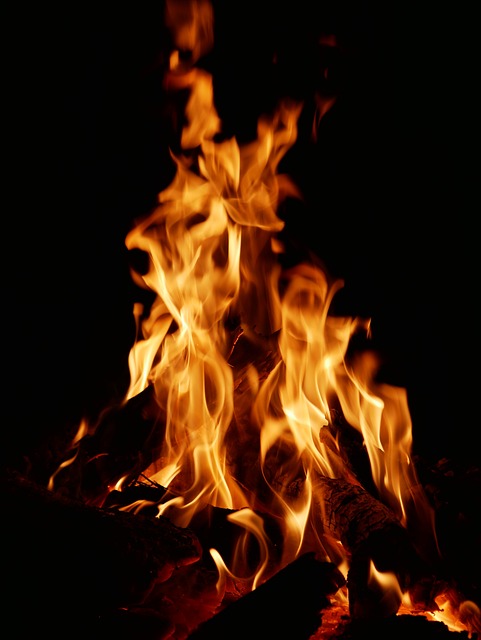Fire pit design is a crucial aspect of professional outdoor installation, balancing aesthetics, functionality, safety, and user experience. Experts consider fuel source, ventilation, heat distribution, and durable materials while integrating size, depth, and landscape for a harmonious outdoor space. Choosing a location near living areas with ample seating and maintenance access enhances social interactions and safety. Installation involves site assessment, excavation, metal ring installation, fuel setup, electrical wiring, and protective material addition. Regular maintenance includes cleaning, inspections, damage checks, component replacement, and monitoring fuel levels to ensure safety and optimal performance.
Looking to transform your outdoor space into a cozy gathering spot? Professional installation of an outdoor fire feature can elevate your living area, offering both ambiance and functionality. This comprehensive guide explores everything from understanding intricate fire pit design aesthetics and practicality to selecting the perfect location and navigating the installation process step-by-step. Discover expert tips for maintenance and safety, ensuring your new fire feature lasts for years of enjoyable evenings.
- Understanding Fire Pit Design: Aesthetics and Functionality
- Choosing the Right Location for Your Outdoor Fire Feature
- The Installation Process: Step-by-Step Guide
- Maintenance Tips for Longevity and Safety
Understanding Fire Pit Design: Aesthetics and Functionality
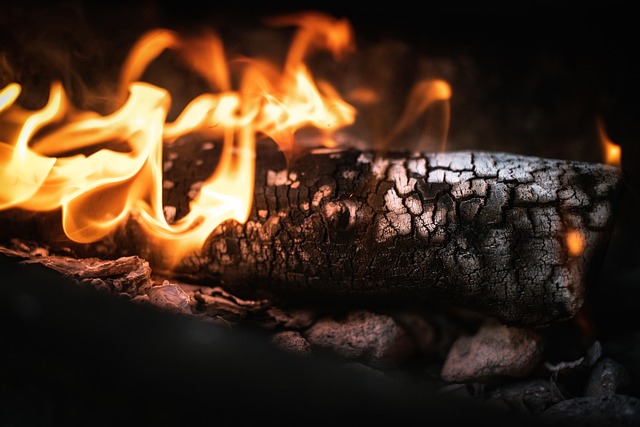
When considering professional installation of outdoor fire features, understanding fire pit design is paramount. It goes beyond aesthetics; it encompasses functionality and safety. A well-designed fire pit integrates seamlessly with your outdoor space, offering a focal point for gathering and enjoyment while prioritizing user experience and structural integrity.
Effective fire pit design balances visual appeal with practical considerations like fuel source, ventilation, and heat distribution. Professionals are adept at selecting materials that withstand the elements, ensuring durability and low maintenance. They also factor in factors like size, depth, and surrounding landscape to create a harmonious and inviting outdoor ambiance.
Choosing the Right Location for Your Outdoor Fire Feature
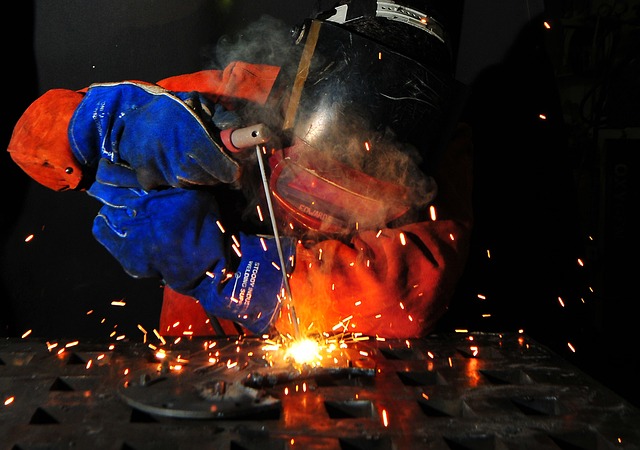
When considering an outdoor fire feature, selecting the ideal location is a crucial step in the installation process. The chosen spot should be both functional and aesthetically pleasing, aligning with your desired fire pit design. Take into account factors like proximity to your living spaces, natural elements, and any potential safety hazards. For instance, avoid installing near flammable materials or overhead power lines. Additionally, ensure there’s enough room for comfortable seating and easy access for maintenance.
A well-planned layout allows for a harmonious integration of the fire feature into your outdoor space. Consider the overall flow of your backyard or patio, ensuring the fire pit is easily reachable and visible from various points of view. Think about creating a focal point that enhances social gatherings and becomes the centerpiece of your outdoor entertaining areas. This strategic placement will not only boost the functionality but also the overall appeal of your fire pit design.
The Installation Process: Step-by-Step Guide
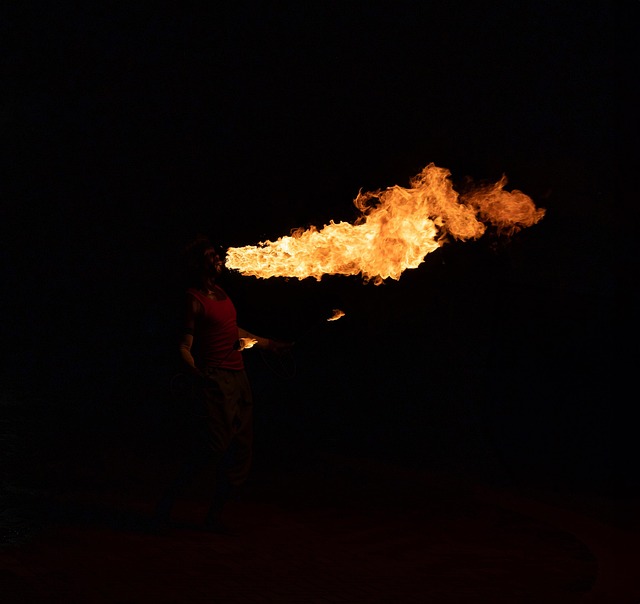
The installation process for an outdoor fire feature, such as a fire pit design, typically involves several carefully executed steps to ensure safety and structural integrity. It starts with assessing the site, considering factors like location, size, and accessibility. Professionals will clear the area of any obstructions or potential hazards, ensuring it meets the required dimensions and complies with local regulations.
Next, they excavate the ground to create a suitable base for the fire pit. This may involve digging and preparing the soil, adding gravel or other drainage materials to prevent water accumulation. The actual fire pit construction varies based on design, but it often includes installing a metal ring or casing, laying a bed of sand or rock, and positioning the fuel source. Gas lines or propane tanks are connected, and electrical wiring is run for any decorative lighting elements, following all safety guidelines and local codes. Finally, a layer of protective material, like pavers or gravel, is added around the pit to complete the installation.
Maintenance Tips for Longevity and Safety
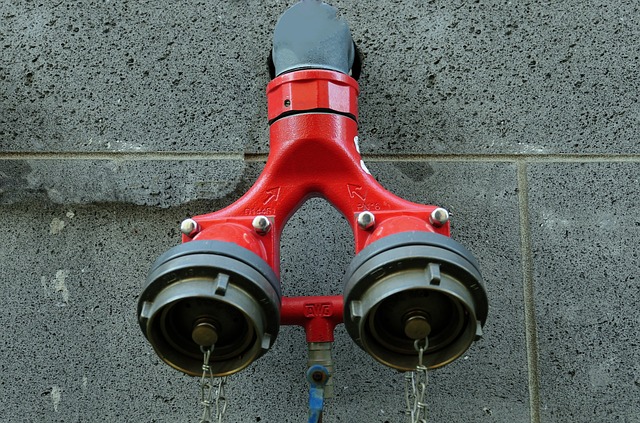
Regular maintenance is key to ensuring your outdoor fire features, such as a fire pit design, remain in top condition and offer a safe, enjoyable experience for years to come. Start by cleaning the area around the fire pit thoroughly, removing any debris, leaves, or twigs that might accumulate and pose a risk of ignition. Use a gentle brush to sweep away dirt and dust, followed by a pressure wash to deep-clean the surface.
For safety, always inspect your fire pit for any damage or wear before each use. Check for cracks in the structure, loose connections, or faulty components, especially if it’s been through a cold winter. Regularly replace worn-out parts, such as spark guards and gas lines, to prevent accidents and maintain optimal performance. Additionally, keep a close eye on fuel levels, ensuring there’s enough gas to avoid sudden outages, and always follow manufacturer guidelines for proper fueling and maintenance routines.
When it comes to transforming your outdoor space, professional installation of an outdoor fire feature, such as a meticulously designed fire pit, can enhance both functionality and aesthetics. By carefully considering location, following a structured installation process, and implementing proper maintenance practices, you can ensure a safe and captivating gathering spot that becomes the centerpiece of your outdoor entertainment for years to come. Remember, the right fire pit design not only adds warmth and ambiance but also creates lasting memories with loved ones.
